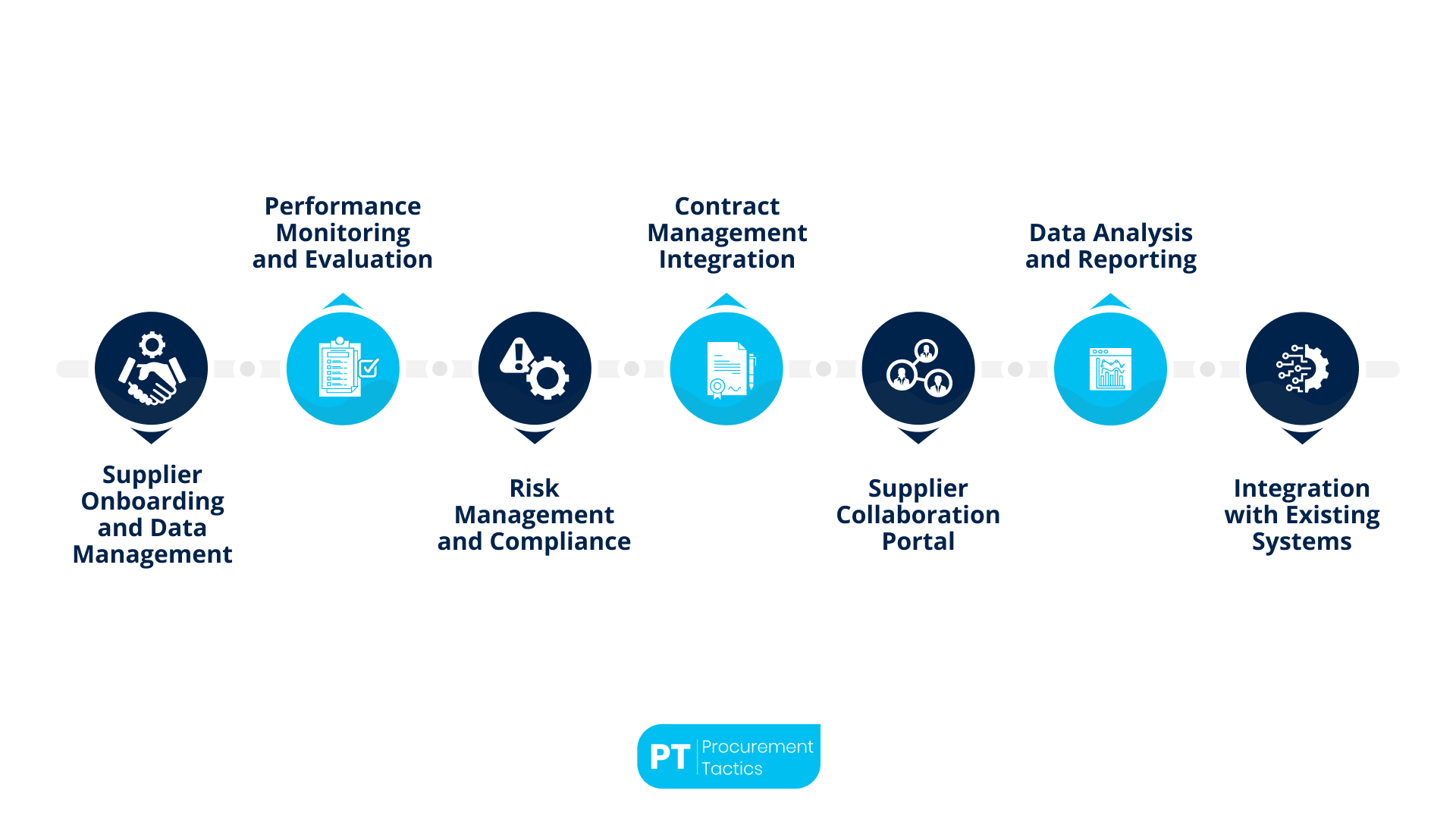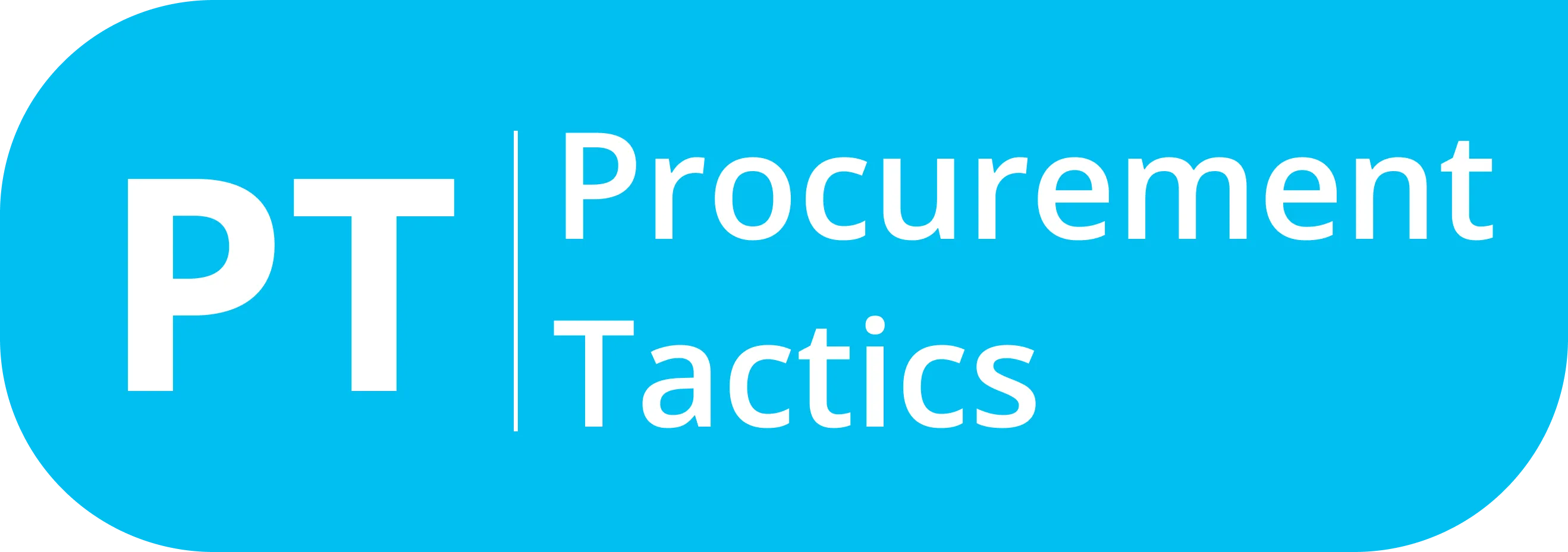Written by Marijn Overvest | Reviewed by Sjoerd Goedhart | Fact Checked by Ruud Emonds | Our editorial policy
10 Best Supplier Management Systems

As taught in the Supplier Relationship Management Course / ★★★★★ 4.9 rating
Table of contents
- One of the essential tools of a supplier management system is the supplier onboarding module, which automates registration, verification, and initial compliance checks.
- A key component of the tools of a supplier management system is the performance management dashboard that monitors supplier KPIs and scorecards for continuous improvement.
- Risk management features are integral to the tools of a supplier management system that help identify, assess, and mitigate supplier-related risks, ensuring compliance and operational resilience.
What is a Supplier Management System?
A supplier management system (SMS) is a digital platform that centralizes supplier information, performance tracking, and relationship management throughout the supplier lifecycle. It streamlines operations by:
- Enhancing Efficiency: Reduces manual data entry and errors by consolidating supplier data into one hub.
- Improving Collaboration: Facilitates seamless communication and documentation sharing with suppliers.
- Providing Real-Time Insights: Offers up-to-date performance metrics and advanced analytics.
- Strengthening Risk Management: Enables continuous monitoring of supplier compliance and proactive risk mitigation.
- Ensuring Scalability: Integrates with other enterprise systems and adapts to evolving regulations.
Modern SMS features include automated scorecards, self-service portals, and AI-based risk alerts, all of which contribute to more strategic, long-term supplier relationships.
10 Best Supplier Management Systems
Effective supplier management is essential to ensure compliance, cost control, and risk mitigation across the supply chain. Whether you’re onboarding vendors or monitoring supplier performance, the right SMS can significantly streamline procurement operations. Here are the top 10 supplier management systems making waves in 2025:
Key Features of Supplier Management Systems
Effective supplier management is crucial for organizations aiming to optimize their supply chains and maintain strong vendor relationships. SMS offers a range of functionalities designed to streamline these processes. Key features include:

1. Supplier Onboarding and Data Management
A robust SMS facilitates the efficient onboarding of new suppliers by automating the collection and verification of essential information.
This includes company details, compliance documents, and banking information, ensuring all records are accurate and up-to-date.
Centralized data storage allows for easy retrieval and management across the organization.
2. Performance Monitoring and Evaluation
Continuous assessment of supplier performance is vital. An effective SMS enables organizations to establish key performance indicators (KPIs) and track supplier performance against these metrics.
Regular evaluations help identify areas for improvement and ensure suppliers meet contractual obligations and quality standards.
3. Risk Management and Compliance
Proactively identifying and mitigating potential risks associated with suppliers is a critical function of an SMS.
The system should monitor compliance with regulatory standards and internal policies, flagging any issues that may arise.
This includes managing certifications, tracking audit trails, and ensuring adherence to contractual obligations, thereby safeguarding the organization against legal and operational risks.
4. Contract Management Integration
Integrating contract management within the SMS allows for seamless tracking of contract terms, renewals, and amendments.
This ensures that all contractual obligations are met and provides alerts for upcoming renewals or required actions, facilitating proactive management of supplier agreements.
5. Supplier Collaboration Portal
A dedicated supplier portal enhances communication and collaboration between the organization and its suppliers.
This platform enables real-time information exchange, document sharing, and updates, fostering stronger partnerships and improving response times to any issues or changes.
6. Data Analysis and Reporting
Advanced data analysis capabilities allow organizations to generate reports on supplier performance, spending patterns, and compliance status.
These insights support informed decision-making, help identify cost-saving opportunities, and contribute to strategic planning.
7. Integration with Existing Systems
An effective SMS should seamlessly integrate with existing enterprise resource planning (ERP) and accounting systems.
This integration ensures a unified approach to data management, reduces redundancy, and enhances overall operational efficiency.
How to Choose the Right Supplier Management Systems for Your Organization
Selecting an appropriate SMS is crucial for enhancing procurement processes and strengthening supplier relationships. To ensure the chosen system aligns with your organization’s needs, consider the following steps:

1. Assess Your Business Requirements
Begin by identifying the specific challenges and objectives within your supplier management processes. Understanding these needs will guide you in selecting an SMS that offers relevant features and functionalities.
2. Evaluate Key Features and Functionalities
Look for an SMS that includes essential capabilities such as:
- Supplier Onboarding and Data Management: Efficiently collect, verify, and manage supplier information to maintain a centralized and accurate database.
- Performance Monitoring: Track and assess supplier performance against predefined metrics to ensure compliance and identify areas for improvement.
- Risk Management: Identify and mitigate potential risks associated with suppliers, including compliance issues and supply chain disruptions.
- Integration Capabilities: Ensure the SMS can seamlessly integrate with existing systems like ERP or CRM for streamlined operations.
3. Consider User Experience and Support
Opt for a system with an intuitive interface to encourage user adoption and minimize training time. Additionally, assess the level of customer support and training resources provided by the vendor to assist during and after implementation.
4. Analyze Vendor Reputation and Experience
Research potential vendors’ track records, industry experience, and client testimonials to gauge the reliability and effectiveness of their SMS solutions.
5. Evaluate Cost and Return on Investment
Consider both the initial investment and the ongoing costs associated with the SMS. Weigh these against the anticipated benefits, such as improved efficiency and risk reduction, to determine the potential return on investment.
6. Ensure Scalability and Customization
Choose a system that can grow with your organization and be tailored to meet evolving business needs. This flexibility ensures long-term usability and value.
Benefits and Challenges of Supplier Management System
Implementing an SMS delivers significant strategic and operational advantages for procurement teams and organizations as a whole. Here are the key benefits:
Conclusion
A well-chosen SMS not only centralizes data and automates workflows but also empowers procurement teams to proactively manage supplier performance, reduce risk, and align supplier relationships with broader business goals.
From onboarding and compliance to real-time analytics and collaboration, SMS solutions transform supplier management into a value-driving function.
As companies strive for greater efficiency, transparency, and resilience, investing in the right SMS will play a crucial role in achieving long-term procurement excellence.
Frequentlyasked questions
What is the main purpose of a Supplier Management System?
The main purpose of a Supplier Management System is to centralize and streamline supplier-related processes and data.
How does a Supplier Management System improve risk management in procurement?
A Supplier Management System improves risk management by continuously monitoring compliance and sending alerts about potential supplier risks.
Why is integration with other enterprise systems important for a Supplier Management System?
Integration with other enterprise systems is important for a Supplier Management System because it ensures seamless data flow and avoids duplication across platforms like ERP or accounting systems.
About the author
My name is Marijn Overvest, I’m the founder of Procurement Tactics. I have a deep passion for procurement, and I’ve upskilled over 200 procurement teams from all over the world. When I’m not working, I love running and cycling.






